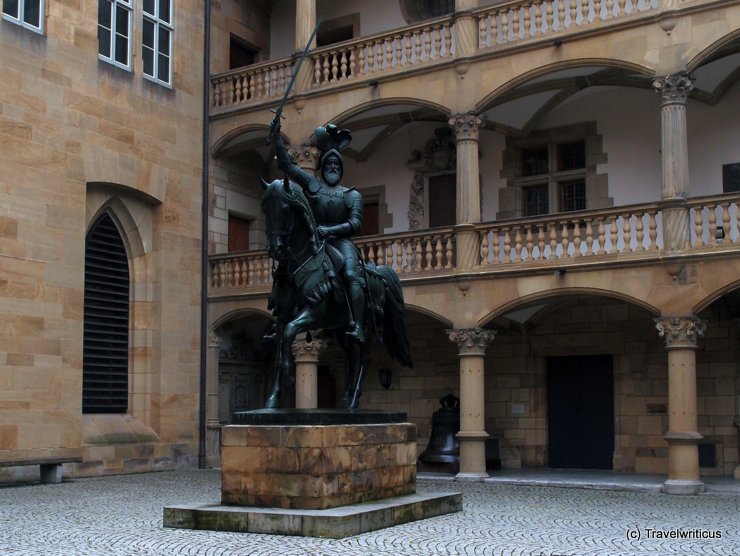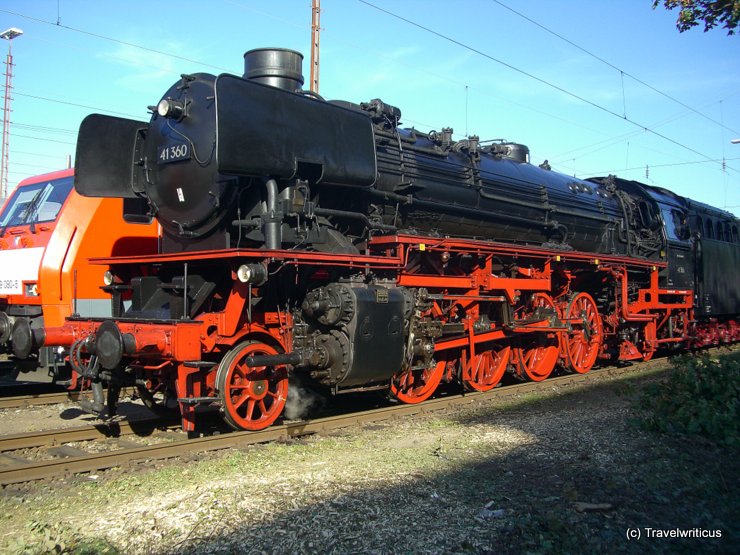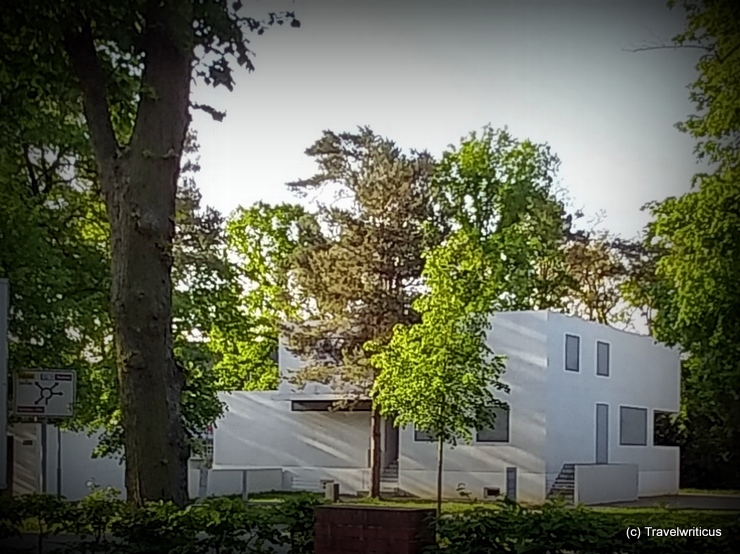
Eberhard I (1445-1496) is considered the first Duke of Württemberg. He is also known as Eberhard im Bart (Eberhard the Bearded). This equestrian statue made of bronze stands in the courtyard of the Altes Schloss (Old Palace) in Stuttgart. [German]
You only see what you know (Goethe)

Eberhard I (1445-1496) is considered the first Duke of Württemberg. He is also known as Eberhard im Bart (Eberhard the Bearded). This equestrian statue made of bronze stands in the courtyard of the Altes Schloss (Old Palace) in Stuttgart. [German]

During a parade of historic locomotives in Fürth, this engine of the German Class 41 evoked my attention. Despite being built in 1940, the freight locomotive 41 360 seemed particularly juvenile and elegant to me.

This garden house, owned by Gottlieb Daimler, housed the workshop and testing station where Gottlieb Daimler and Wilhelm Maybach used to work on their latest inventions.

These sculptures in Erfurt show two protagonists from the children’s show ‘Die Sendung mit der Maus‘ (The Show with the Mouse). This TV series explains complex facts in easy-to-understand terms. Informative stories alternate with humourous clips. [German]

The Moorish Kiosk in the park of Linderhof Palace impresses with its place in front of the Alps. But its first location was in a big city. It originally served as the Prussian contribution at the Paris World Exhibition of 1867. [German]

View of the Bavarian city Regensburg taken from the steeple of the Holy Trinity Church (Dreieinigkeitskirche). Regensburg is known for several family towers (Geschlechtertürme), similar to those in San Gimignano in Italy. [German]

During a bus ride from Annaberg-Buchholz to Schwarzenberg, we pass the Markersbach Viaduct (Markersbacher Viadukt). Since 1889 it spans a side valley of the Große Mittweida in Saxony. Today it is part of a test track. [German]

The Bavarian city of Passau has a rich Roman history. On the grounds of the Roman museum Boitro (Römermuseum Kastell Boitro), you still see parts of an ancient fort like the walls of a fan-shaped tower.

On the way from the Duchess Anna Amalia Library to the market, I pass a Renaissance portal with a strikingly large number of coats of arms. The windows have colourful lines like fresh make-up. [German]

After Walter Gropius founded the Staatliche Bauhaus in Weimar, there was no time to mould his new ideas into a building. After his move to Dessau, he appeared as an architect on a site of the Bauhaus School. Here, the four Masters’ Houses form an ensemble. [German]

The manhole covers of Jena display the city arms. In the middle, archangel Michael pushes a lance into a dragon’s mouth. The upright black lion refers to the Margraves of Meissen. Noteworthy is the bunch of grapes below the dragon. [German]

It was a cold day when I took this photo of a frozen fountain on the grounds of the Würzburg Residence (Würzburger Residenz). The Baroque palace saw its completion in 1744. Today, it is part of the UNESCO World Heritage List.